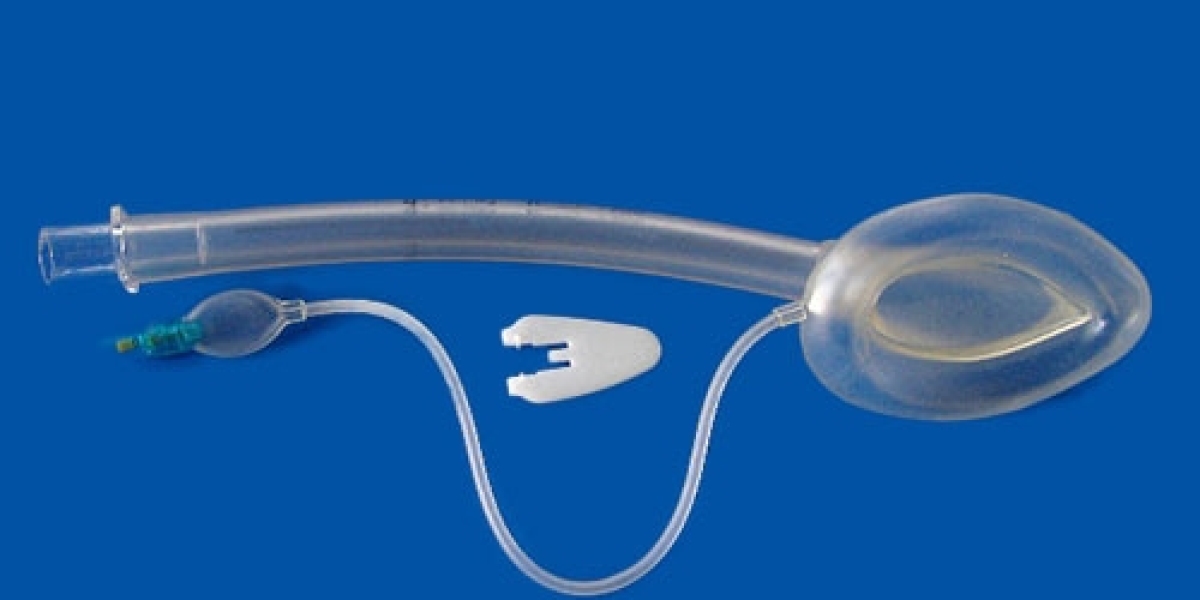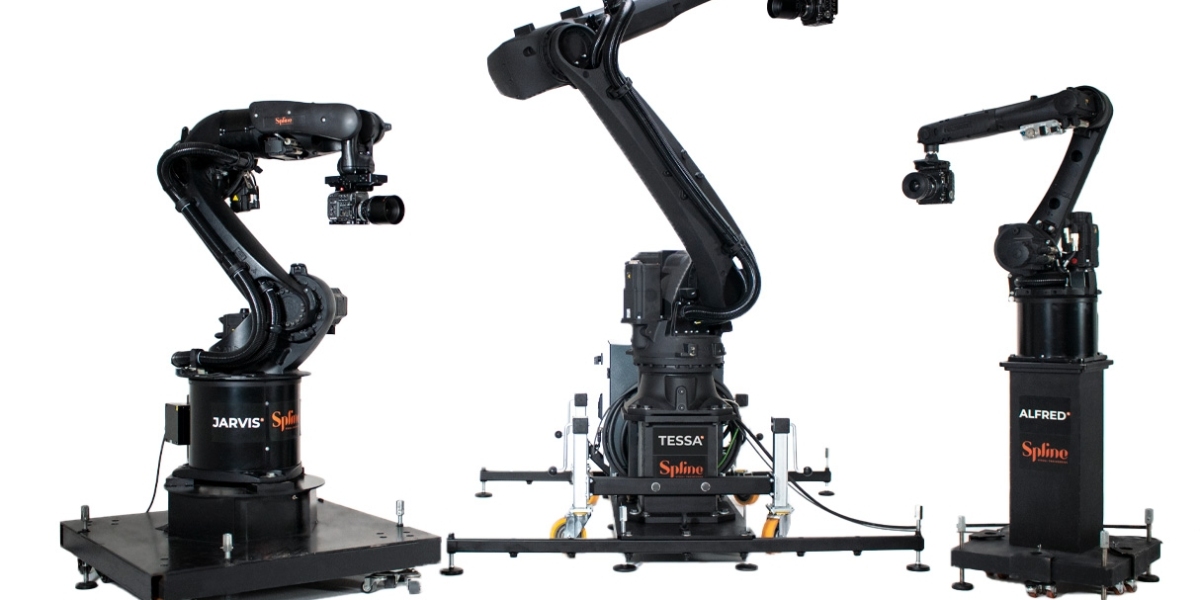The Invention and Early Development of LMA
The laryngeal mask airway (LMA) was invented in 1981 by British anesthesiologist Dr. Archibald Brain. Frustrated by the limitations of traditional endotracheal tubes and face masks, Dr. Brain designed a flexible mask that could form a low-pressure seal around the laryngeal inlet. This novel airway device allowed for maintenance of a patent airway and effective ventilation without the need for tracheal intubation. After initial animal trials proved successful, Dr. Brain published his findings and began marketing the first generation LMA.
Early Adoption in Developed Nations
The laryngeal mask airway found quick adoption in developed Western nations like the UK, Europe and North America starting in the late 1980s. Anesthesiologists were eager to try this new non-invasive alternative to traditional endotracheal intubation. Studies showed the LMA provided effective ventilation and oxygenation for many routine surgical cases that did not require deeper levels of anesthesia. It was particularly useful for brief procedures in areas like dentistry, ENT and gynecology. By the early 1990s, the LMA had gained widespread acceptance as a reliable supplementary airway device.
later Generations and Continued Innovation
As the LMA gained popularity, subsequent generations introduced improvements to the original design. The LMA Classic was followed by models with modified curvature, detachable balloon cuffs and gastric access channels. The LMA ProSeal was released in 1998 and featured a distinct double cuff design to aid in prevention of gastric insufflation. Additional iterations like the LMA Supreme and LMA Unique further enhanced sealing ability and manufacturability. This steady development driven by Dr. Brain and other innovators helped optimize laryngeal mask function and performance over time.
Global Expansion into Developing Regions
By the late 1990s and early 2000s, the LMA had achieved broad acceptance in the core Western anesthesia markets. Attention then turned towards lower-income regions where adoption of new technologies was slower. The LMA offered a number of advantages for resource-limited environments including lower cost compared to endotracheal tubes, lack of requirement for advanced monitoring equipment and ease of use with minimal training.
Organizations like the LMA Charity were established to donate devices and provide education in low and middle income countries across Asia, Africa and Latin America. Anesthesiologists in these areas soon recognized the clinical benefits of the LMA, especially for basic surgical and obstetric procedures. By the 2010s, laryngeal masks had become a well-established part of anesthetic practice even in developing world clinical settings.
Modern Usage Patterns and New Applications
Today, LMAs are regularly used during a vast range of surgical cases worldwide for maintenance of a patent airway without some of the drawbacks of traditional endotracheal intubation. In addition to more routine applications, there is also ongoing research into exploring new frontiers for laryngeal mask technology. Areas under active investigation include pre-hospital emergency airway management, prolonged surgery usage and as a conduit for new minimally invasive surgical procedures. This continued expansion underscores how the LMA revolutionized airway management from its invention in the 1980s to becoming a core anesthesia standard globally.
Read More Insights On-Laryngeal Mask









